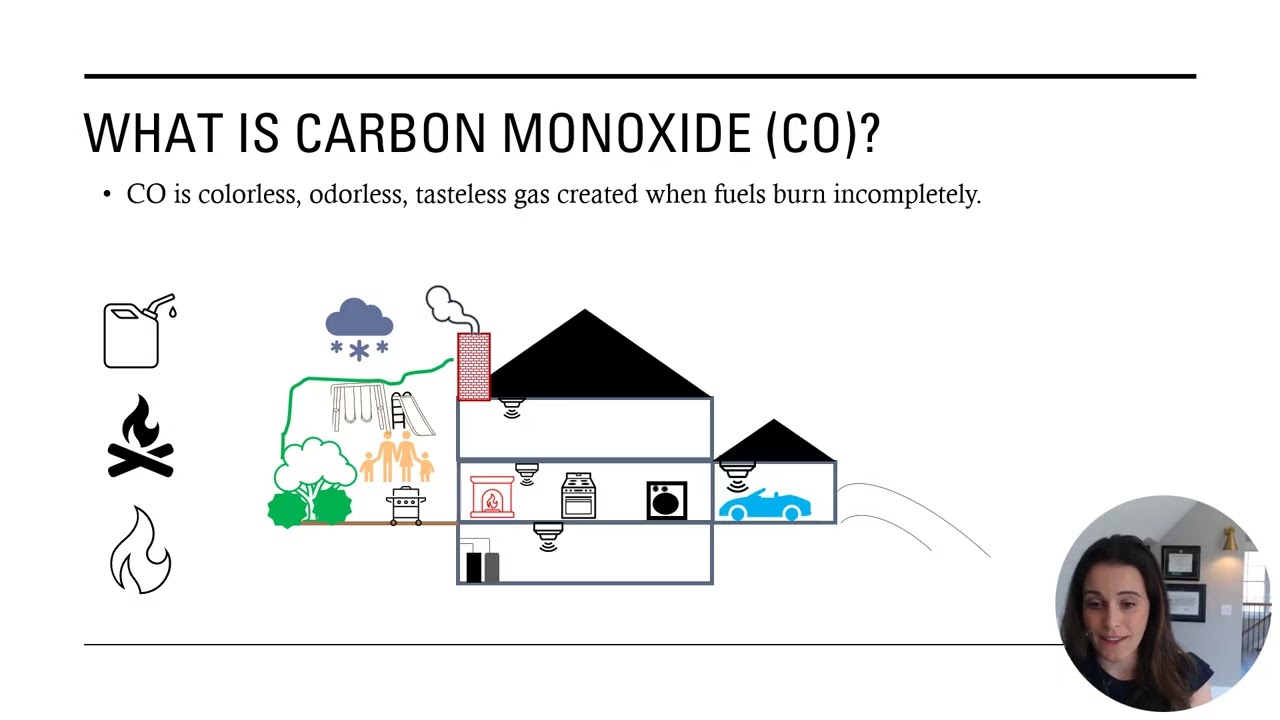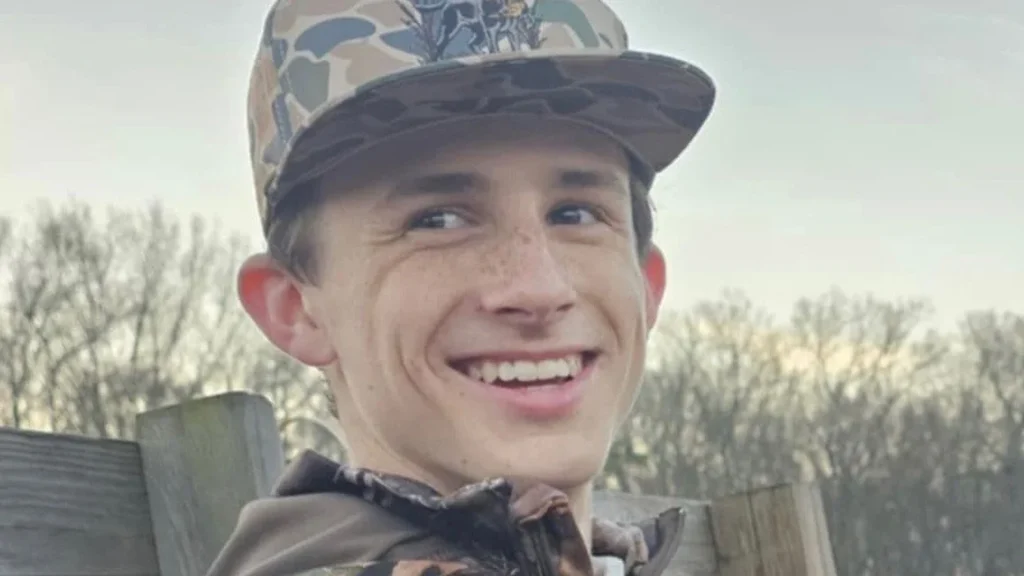Yesterday, the FPN team learned that New York Yankees outfielder Brett Gardner’s son, Miller, died of Carbon Monoxide (CO) poisoning. According to CNN, the 14-year-old was found in his hotel room on March 21, 2025, by a family member while staying at the Arenas Del Mar Resort in Costa Rica. Randall Zúñiga, Director of the Judicial Investigation Agency (OIJ), confirmed that toxicology results and the carboxyhemoglobin test indicated a saturation level of 64%. Zúñiga further explained that concentrations exceeding 50% of carboxyhemoglobin are considered lethal.
Our hearts go out to the Gardner family. In an effort to prevent this awful tragedy from recurring, it’s important to know the CO facts:
- Carbon Monoxide (CO) is a colorless, odorless, tasteless gas so you will not know when CO poisoning is occurring, which is why it is called the Silent Killer.
- CO poisons 95,000 people and kills $1,200 people in the US each year.
- CO poisoning symptoms may include shortness of breath, chest pain, confusion, dizziness, lethargy, headache, nausea, and vomiting.
- These symptoms cause people to want to lie down and rest. GET UP AND GET OUT.
- Make sure your home has a CO alarm (this could be a combo smoke alarm)
- Travel with a UL-listed CO detector.
The National Carbon Monoxide Awareness Association (NCOAA) says 14% of families in the US have properly functioning CO alarms installed in their homes. Many believe all hotels are required to have CO detectors installed in their facilities. Unfortunately, this is not always the case. Research is changing minimum codes and standards, but those will take time for jurisdictions to adopt.
Research Changing Minimum Codes & Standards

Efforts are underway to improve regulations and increase public awareness about CO detector usage to prevent such tragedies. Advocacy groups like the NCOAA are driving for more stringent requirements for CO detectors in both residential and commercial settings. It’s crucial to stay informed about the latest developments in safety standards and ensure that all places you and your loved ones reside or visit are equipped with functioning CO alarms. The collective efforts of organizations, government bodies, and individuals can significantly reduce the risks associated with carbon monoxide poisoning.
Watch my video below on the importance of Carbon Monoxide Detectors in the wake of this tragic event.



